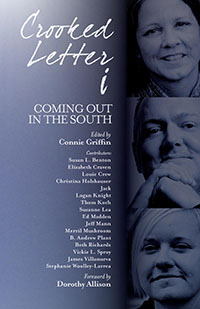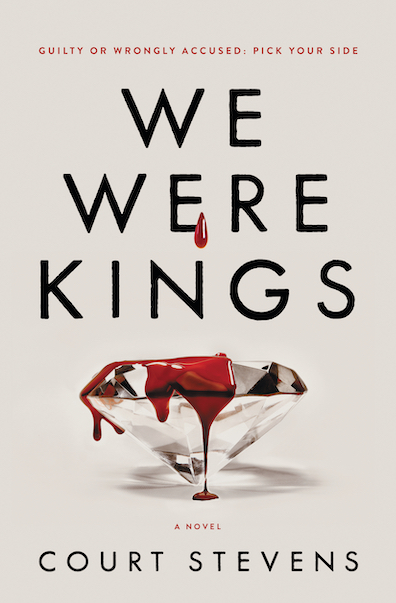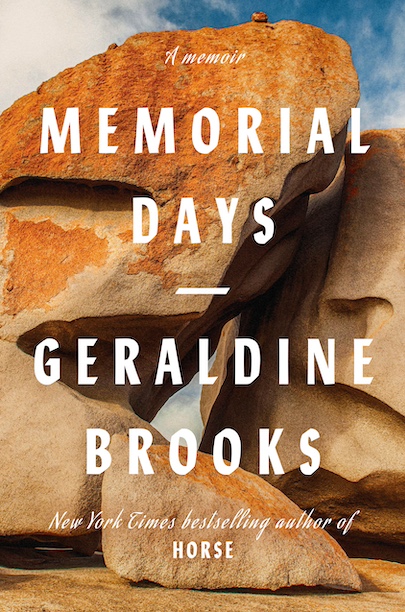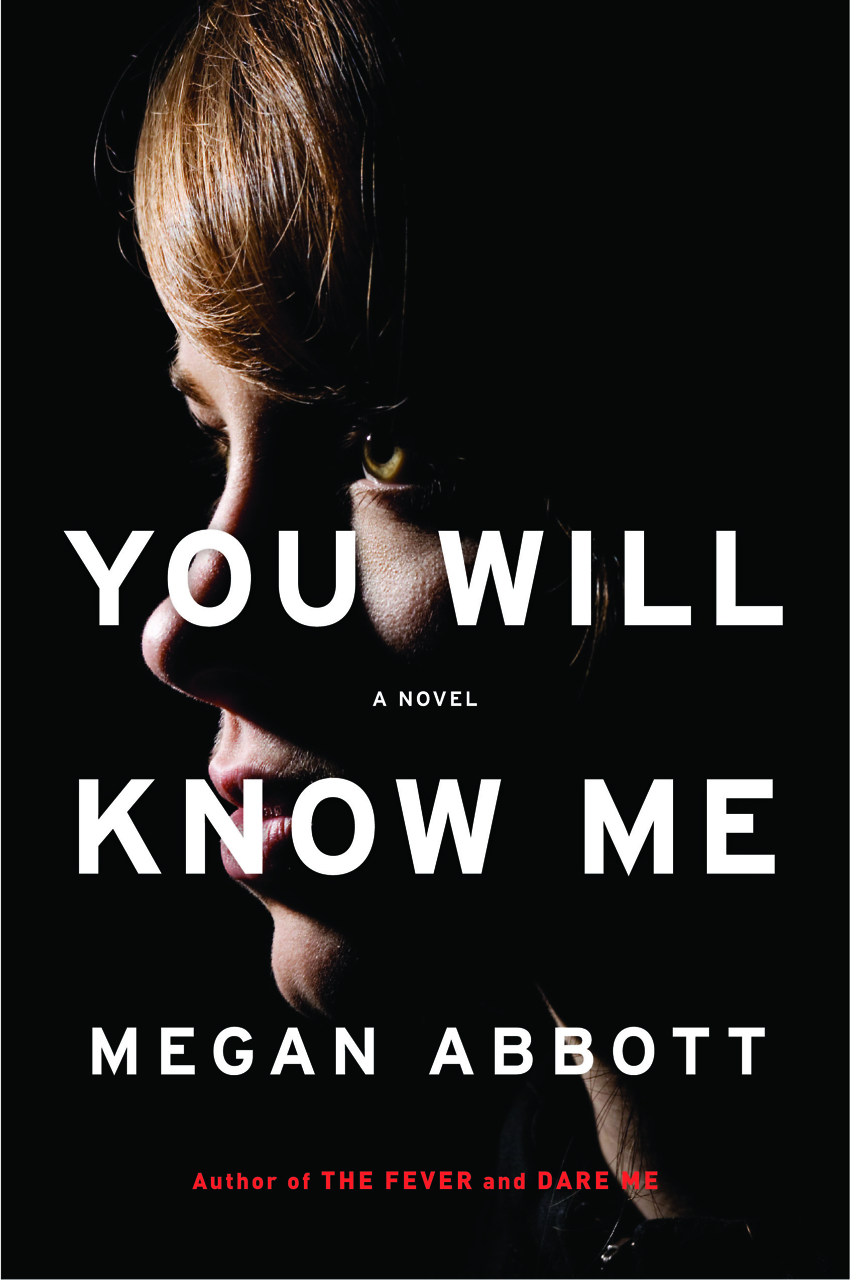To Tell the Truth, Slants and All
Crooked Letter i is a collection of coming-out stories from Southerners
What does it mean to believe your life is your own? In the foreword to Crooked Letter i: Coming Out in the South, Dorothy Allison asks this question of her own life and the lives documented in this collection of essays by gay, lesbian, transgender, and queer-identified writers. Although they grew up during different decades in the American South, these authors share a common trajectory of church-inflicted wounds, societal rejection, and fear of violence—all countered by the transformative power of wanting, as Allison writes, nothing but “simply to be themselves.”
But there is nothing simple about becoming and being true to yourself, especially if you inhabit a body subjected to rejection and violence by any number of strangers—police officers, state officials, job- or school-sanctioned investigators—and family members. The journey to a true self is as crooked as the letter “s” that begins that word. “Having earned the right to embrace our ‘crookedness,’ we celebrate it—no straightening out needed!” writes editor Connie Griffin in explaining the book’s title, a reference to the old Southern way of spelling Mississippi:
 m-i-crooked letter-crooked letter-i
m-i-crooked letter-crooked letter-i
crooked letter-crooked letter-i
humpback-humback-i.
Whoever invented that spelling mnemonic knew something profound about language—that words are merely symbols for a reality and a relationship more complex than we can write down. Before we know the right term to represent a thing, much less a self, we know what it looks like, what it sounds like—and the way it sounds different in our own minds from the way it sounds in the mouths of strangers. Many of these authors lacked the language for the identity emerging at their core. They lived in a world without role models, sometimes without peers, and often their only examples warned of a doomed fate. The words for who they were took the form of insults, sometimes accompanied by beatings, arrests, sexual assaults, and disinheritance.
Gay marriage is now legal in the U.S., and some of these writers delight in the way their young children freely wonder about whether they will marry a man or a woman. Still, the novelty—and the frailty—of such rights lingers in these stories through the many forms of discrimination that too often reassert themselves in this country. The witch-hunt of McCarthyism and the tyranny of the Johns Committee in Florida, which rounded up and assaulted men and women thought to be gay in the 1950s and ‘60s, still haunt Merril Mushroom’s memory. B. Andrew Plant laments the loss of potential companions his own age as he considers what it means to have survived the AIDS crisis of the 1980s and ‘90s.
Yet each essay also reveals the way violent and dehumanizing acts could not hold back the promise of awakening to honesty, to pleasure, and to authentic relationships. For Elizabeth Craven, the sensation of receiving a head massage in the lap of a high-school friend burns through all the disguises she wore in hopes that acceptance would fill the void of true connection and intimacy. When trying to take a week of funeral leave following the death of his “roommate,” Plant realizes the futility of hiding. For him, embracing the possibility of living as the “whole me” is a way of resisting the darkness of the death knells that marked the countless losses for a generation of gay men.
Suzanne Lea is plagued from childhood to mid-life by a recurring dream of having a stone from the Tennessee River stuck in her mouth. When she tells her husband she is love with a woman, he—recognizing this truth in the stoicism of her kiss over the years—gives her permission to leave and start a new life. In their honest depiction of struggle to find self-hood and love, the best gift these stories give us is the permission to be who we are, no matter which crooked path it takes to get there.

Beth Waltemath graduated with a degree in English from the University of Virginia and worked at both Random House and Hearst magazines before leaving publishing to attend Union Theological Seminary in New York City. A Nashville native, she now lives in Decatur, Georgia.
ative, she now lives in Decatur, Georgia.


